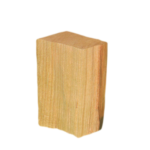Wed 13 Mar 2019
FIRE COOKING- GOING BEYOND!
Posted by DrSmokeRead other related stories: Cooking With Wood , General Smoking Information , Outdoor Cooking
No Comments
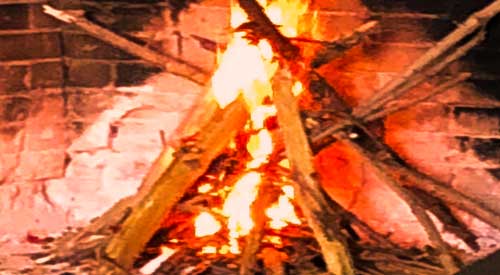
The simple campfire provides more uses beyond just fire cooking!
fire cooking and beyond! Share on X

You’ve likely heard this phrase before whether as a child, adult or at intervals of both. “Fire is meant to be respected.” I’m going to go one step further. Fire should not only be respected, it should be honored and appreciated for all it can offer. I’m going to point out to you just what other uses fire can present to you. Perhaps next time you light a fire whether in your charcoal chimney starter, charcoal grill, fireplace, or even outdoor fire pit, you’ll give some pause to the other uses to keep in your knowledge arsenal for times you may need this information. As I age, I am always in tune with my environment and how I can use it not only for fire cooking but to survive if a situation I can’t control should call for it.
Fire Cooking Use #1: Heat
If you are fortunate as I am to have an outdoor source of fire other than your traditional grill, then you’ve likely found yourself enjoying this first benefit of fire. Heat. But you likely don’t know about the radiant heat quality of fire. With a single fire, only the surfaces facing it are warmed. When it comes to surviving outdoors with heat from a fire, this is when you will want to learn about reflective ability of the fire.
If you have a choice in fire building location when you need it for survival, elect to build one near a large rock or tree stump but add a reflector component on the other side of the fire. This will allow the rock or tree stump to absorb the heat from the fire and then reflect it back. By adding a reflector on the other side of the fire, you will enjoy heat both on your back and front, the ideal for surviving if you must rely on fire for body temperature. Plus, the two reflecting points will force the smoke to go upward allowing you to avoid smoke in the eyes.
Fire Cooking Use #2: Signaling
We all know that fire makes smoke and that smoke acts as a signal. When you want to be found, this is the perfect means for attracting attention. What you need to know is that the terrain plays a part in being seen. If you want to use smoke to signal for help, then seek high points for making one.
Fire Cooking Use #3: Water Sterilization
If you are in a dire situation where you’ve been unable to bring many supplies with you, know that fire can aid your ability to stay alive. You can only survive 3 days without water so finding water is a priority. You can sterilize water found from any source for consumption by boiling it which is a temperature of 212°F. Essentially, 1 liter of water per person will get you through survival of 3-4 days.
Fire Cooking Use #4: Preserving Foods
We tend to rely on someone else in the food production chain to preserve food but you may find a time where you either want to do this for your own family or you have to. Drying, smoking, pickling, and salting are methods of preserving foods from micro-organisms that spoil food. When you smoke meat you dehydrate it and produce a protective coating on the outside that prevents bacteria and condensation from penetrating. This is a means of ensuring you have a food supply that can keep you alive for quite a long time.
Fire Cooking Use #5: Protection
If you’ve ever been camping or glamping in a forest area, then you know that you are never alone. Wildlife dominates in these areas. Fire can be a protector when it comes to keeping these visitors at bay. Always be sure to have a portable fire set up such as a rag tied to the end of stick or similar tool to use as a portable weapon should a forest resident elect to come close to you.
Do you have another survival use for fire? Leave us a comment to share your views. Bringing you informative recipes, techniques, and the science beyond the fire, smoke, and flavor. That’s SmokinLicious®!
SmokinLicious® products recommended:
Wood Chunks- Double & Single Filet
Wood Chips- Grande Sapore®, Minuto® & Piccolo®
Charwood

Other blogs like this one:
THE HISTORY OF FIRE COOKING PART I
-OPEN PIT COOKING FIRE BUILDING: PART I
-HOW TO TURN YOUR CHARCOAL GRILL INTO A SMOKER

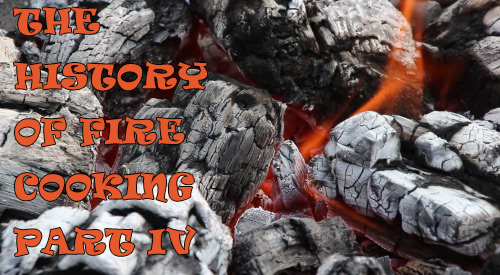

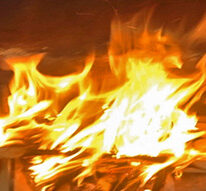
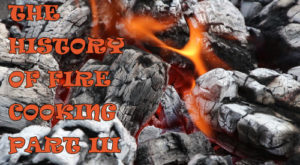
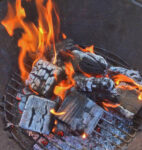
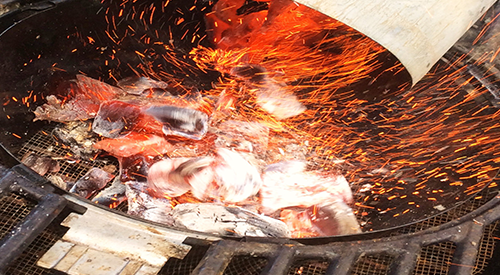

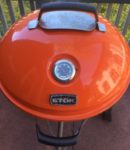 The Kettle Grill
The Kettle Grill